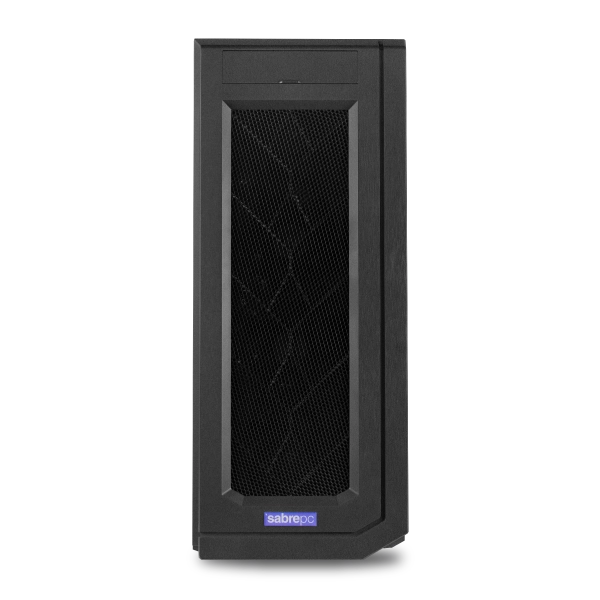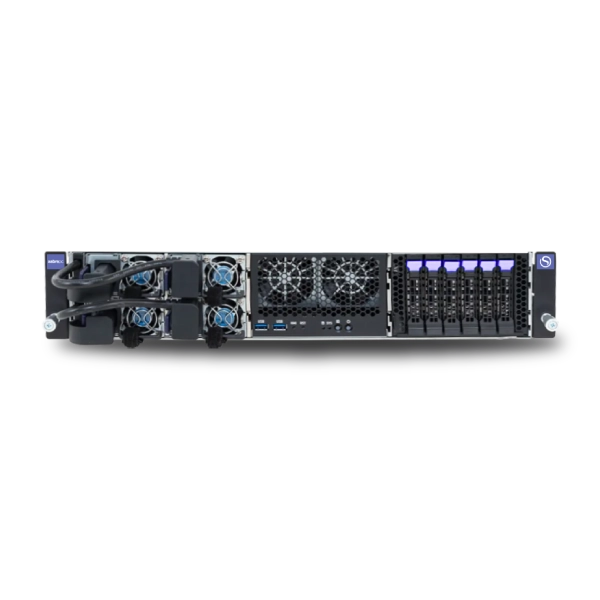Local Rendering Solutions
CWS-8428187
AMD Ryzen 9000X Dual GPU Workstation
Starting at
$4,313.46- Processor Supported: 1x AMD Ryzen 7000/9000 Series
- Drive Bays: 6x 2.5"/3.5", 2x 2.5" Internal
- Supports: 2x Double-Wide card
- Form Factor: Mid-Tower
Starting at
$9,025.41- Processor: 1x AMD Ryzen Threadripper Pro 9000/7000 WX-Series
- Drive Bays: 4x 3.5"/2.5" SATA and Optional 2x 2.5" U.2 Fixed
- Supports: Up to 4x Double-Wide cards
- Form Factor: Full-Tower
Remote and Distributed Rendering Systems
ES2-6107209
AMD EPYC 9005 4x GPU 2U Server
- Processor: 1x AMD EPYC 9004/9005 Series
- Drive Bays: 2x 2.5" & 4x 3.5" Hot-swap drives
- Supports: 4x PCI-E 5.0 x16 Double-Wide cards
- Rack Height: 2U
ES2-9272254
NVIDIA MGX Dual EPYC 9005 8x GPU 2U Server
Starting at
$18,469.29- Processor: 2x AMD EPYC 9004/9005 Series
- Drive Bays: 6x 2.5" NVMe U.2 Hot-Swap
- Supports: 4x PCI-E 5.0 x16 Double-wide cards
- Rack Height: 2U
ES4-9121986
NVIDIA MGX 2x Xeon 6700 8x GPU 4U Server
Starting at
$37,635.66- Processor: 2x Intel Xeon 6700P/6500P/6700E Series
- Drive Bays: 20x E1.S NVMe Hot-Swap
- Supports: 8x PCI-E 5.0 x16 Double-wide cards
- Rack Height: 4U

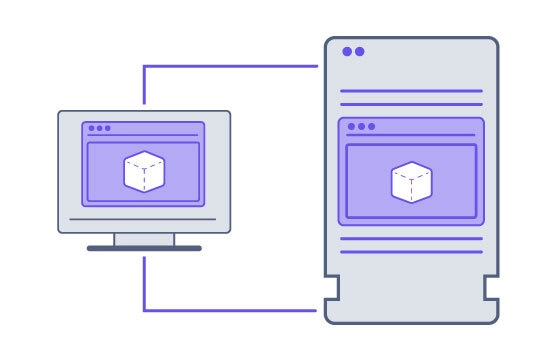
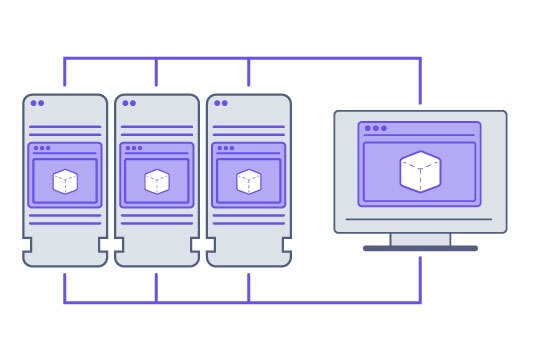
Distributed Rendering
For teams working on high-resolution, feature-length animated films, rendering resources are critical. Leverage scalable hardware options and access the rendering power you need, whether through colocation, a private cloud, or on-premises. Accelerate your render jobs with an entire HPC cluster.
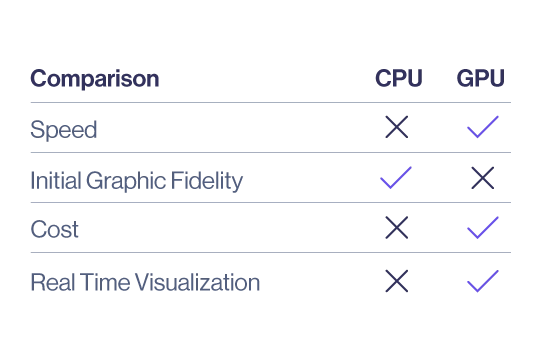
CPU vs. GPU Rendering
Both CPU-based renderers and GPU-based renderers are perfect for their specific tasks. While GPU rendering has gained a lot of traction, CPU rendering still provides stability for rendering static scenes of 3D environments.
GPUs serve to enhance your current CPU system to significantly accelerate image rendering. The GPU tackles resource-intensive 3D visualization while the CPU crunch down on complex tasks. With rendering, you will need both a powerful CPU and GPU.
Have any Questions? We got answers.
Our experts are here to help you along the way in finding the right solution for you.












